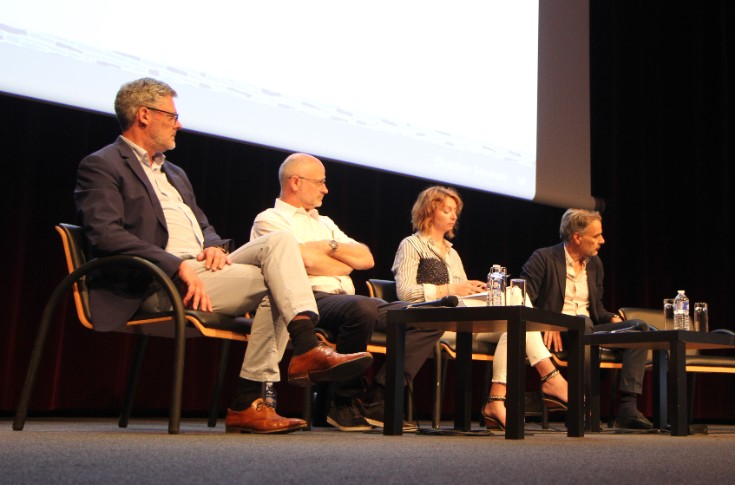Burgundy aims to decarbonise its wines, but with no greenwashing

t a meeting on June 27 in Beaune, the Burgundy wine marketing bureau (BIVB) presented its action plan for reducing its greenhouse gas emissions across the region’s vineyards. After calculating the industry’s carbon footprint followed by a series of workshops scheduled over the winter, Burgundy’s ‘Objectif Climat’ plan is entering a new phase. “This is the hardest part, transitioning from the theory to the reality”, stressed François Labet, chairman of the BIVB who is aiming for a plan “with no greenwashing”.
To start with, the marketing board has identified the following nine themes, along with their respective significance in the industry’s carbon footprint: packaging (30% of the carbon footprint); freight (13%); mobility (26%); winery (5%); viticulture (11%); waste (<1%); sequestering; immobilisation; and cross-disciplinary actions.
Each of these themes is broken down into practical tools (41 in total). For packaging, for example, there is “light-weighting the bottles”, “standardising the range of bottles” and “using eco-designs for the bottles”. Each tool comes with an estimate of the probable gains. So, light-weighting bottles across the Burgundy region could save up to 19,000 tonnes equivalent CO2 a year, which is more than 10,000 return flights from Paris to New York.
Each tool is further broken down into practical actions, of which the plan contains a total 103. “These are recommendations for industry members, some of which can be implemented immediately”, explained Jean-Philippe Gervais, head of the BIVB’s technical division. One example is “creating a range of standard bottles that can be re-used”.
“We have been able to estimate that reducing our emissions by 60% by 2035 was an achievable target”, stressed the BIVB chairman.






